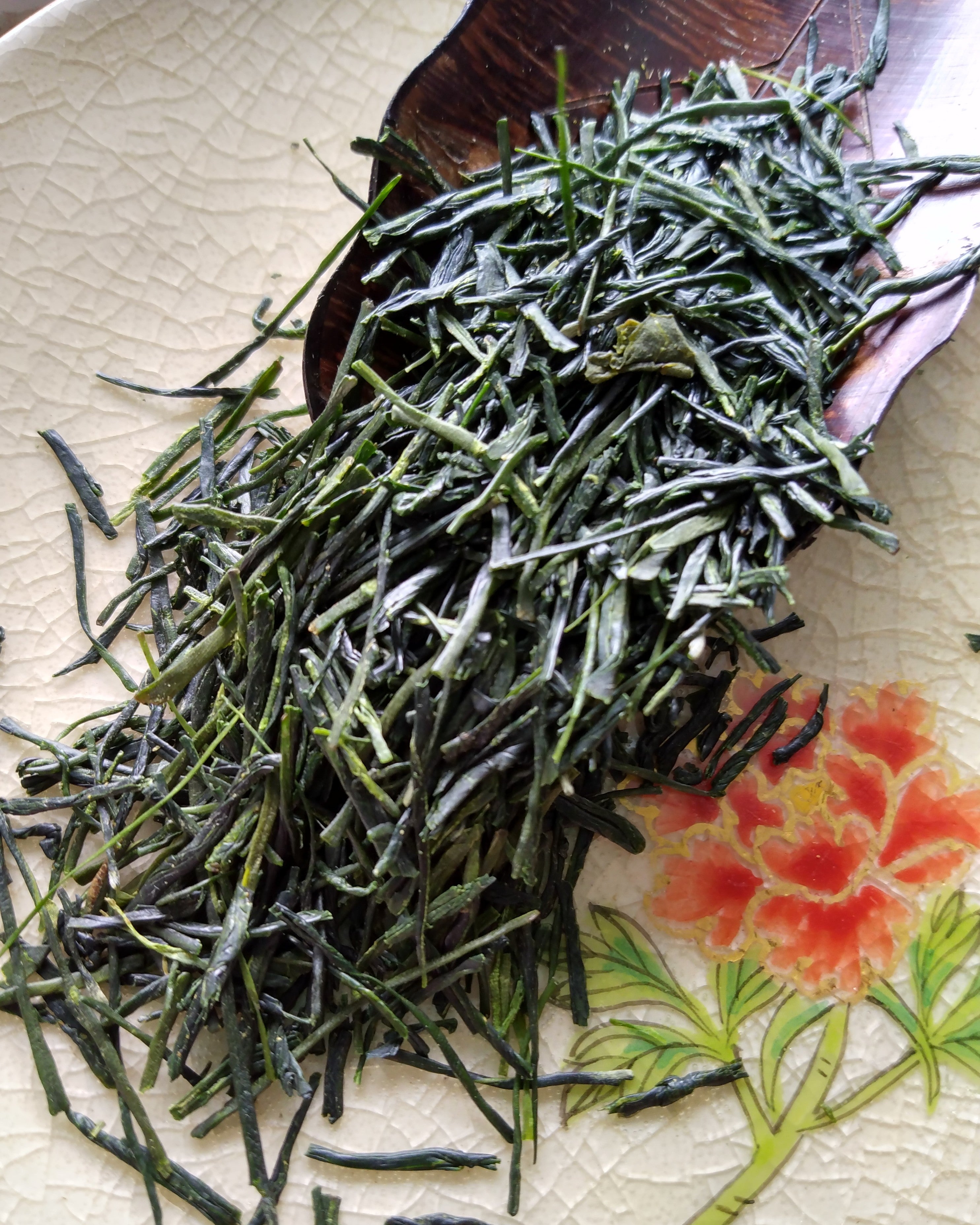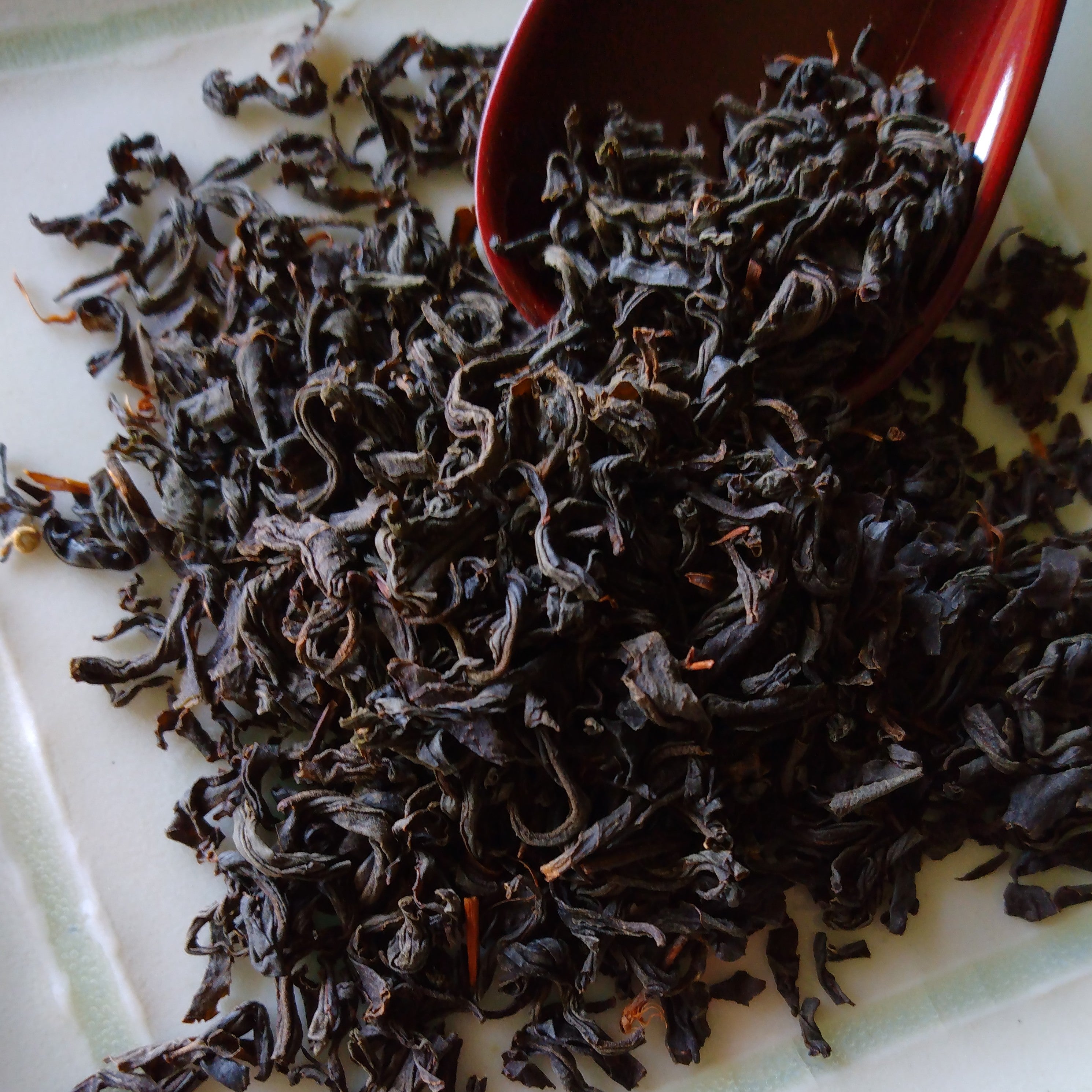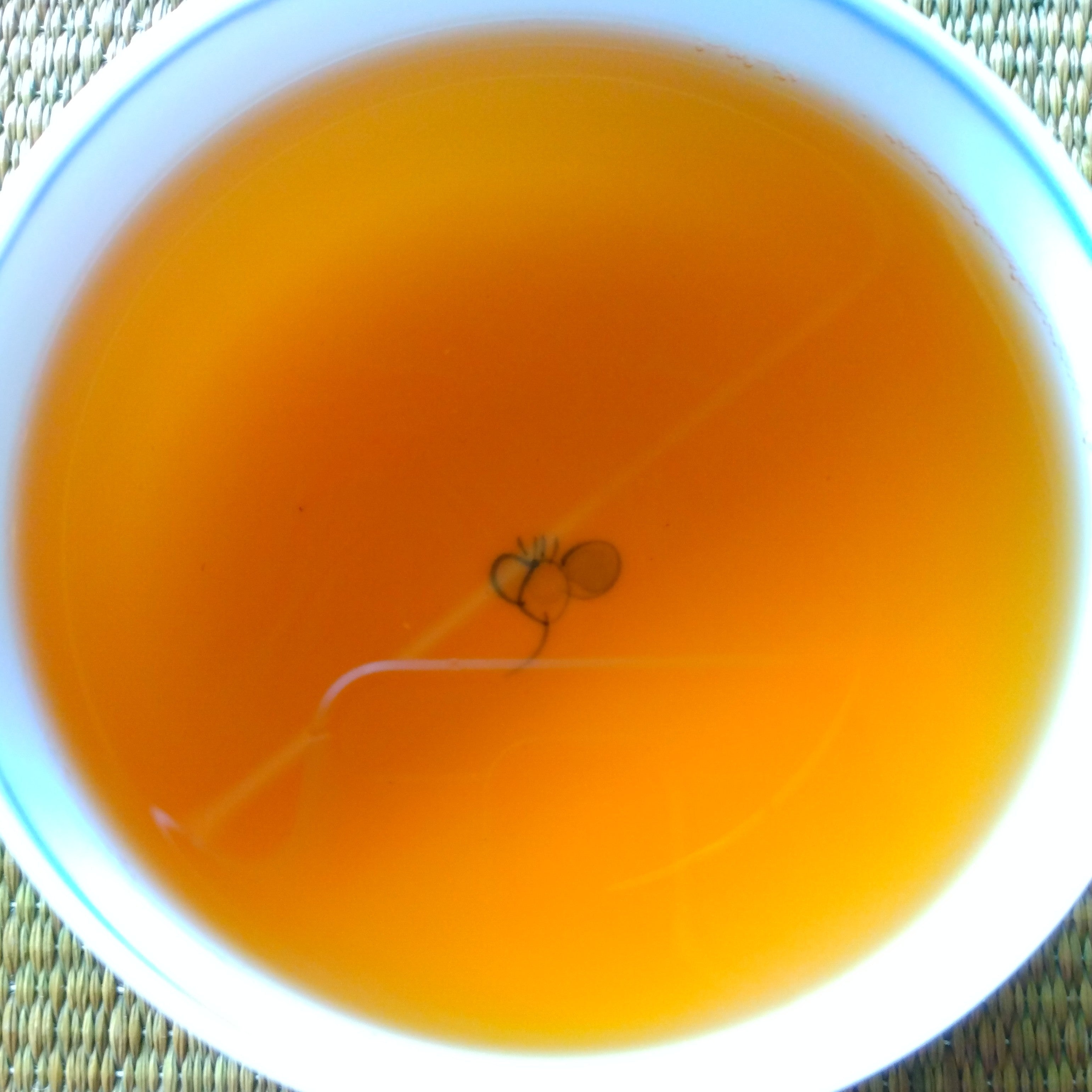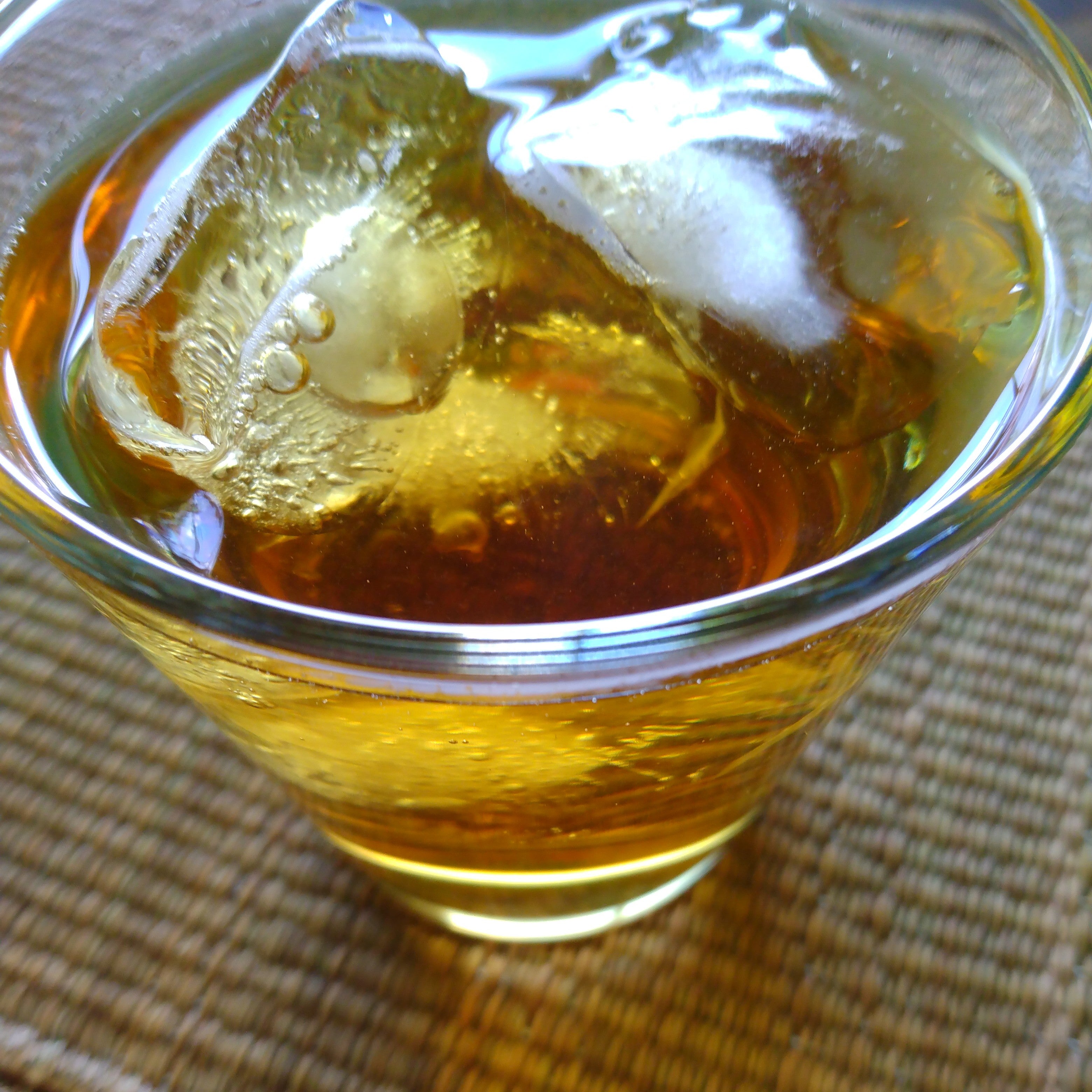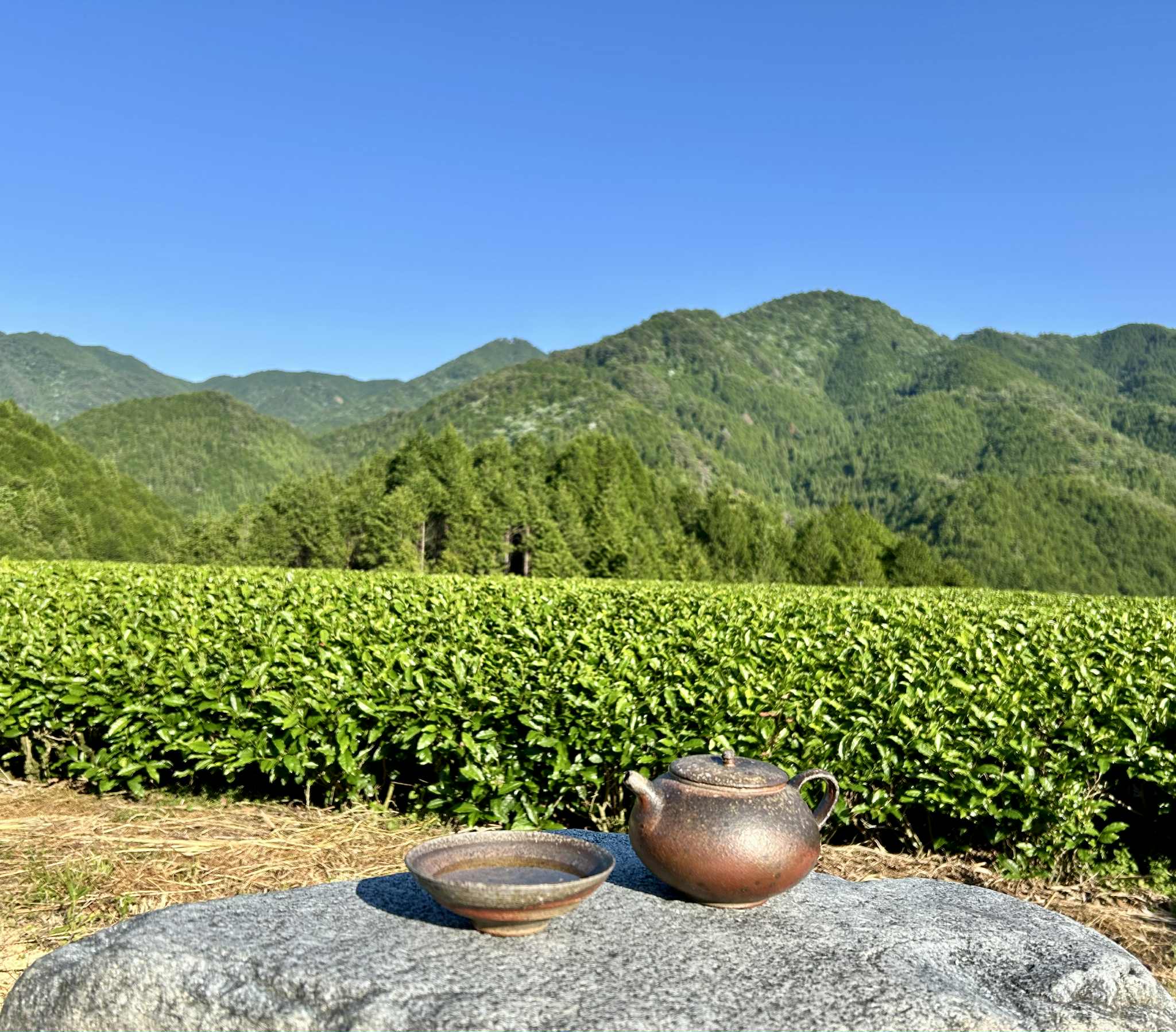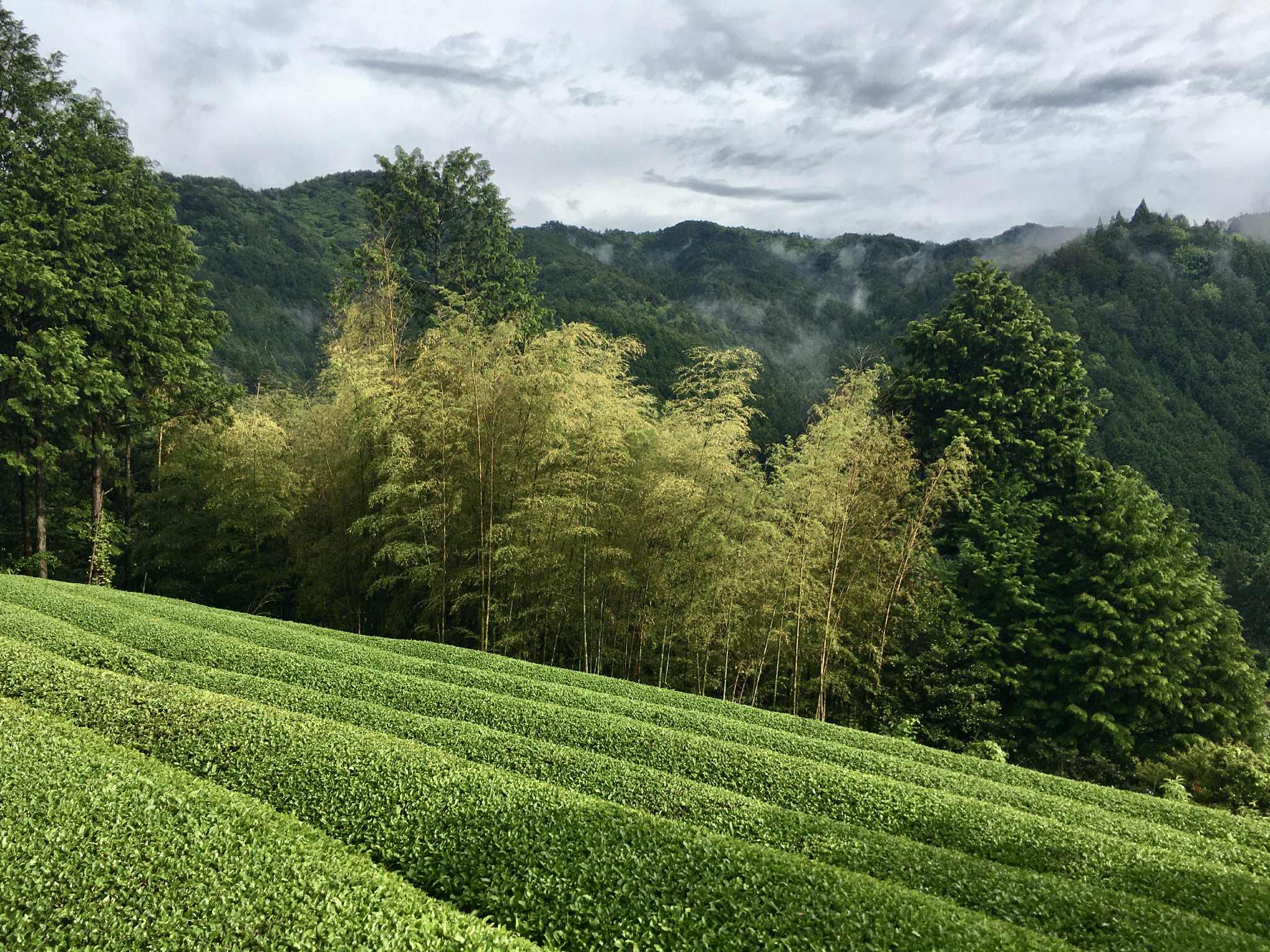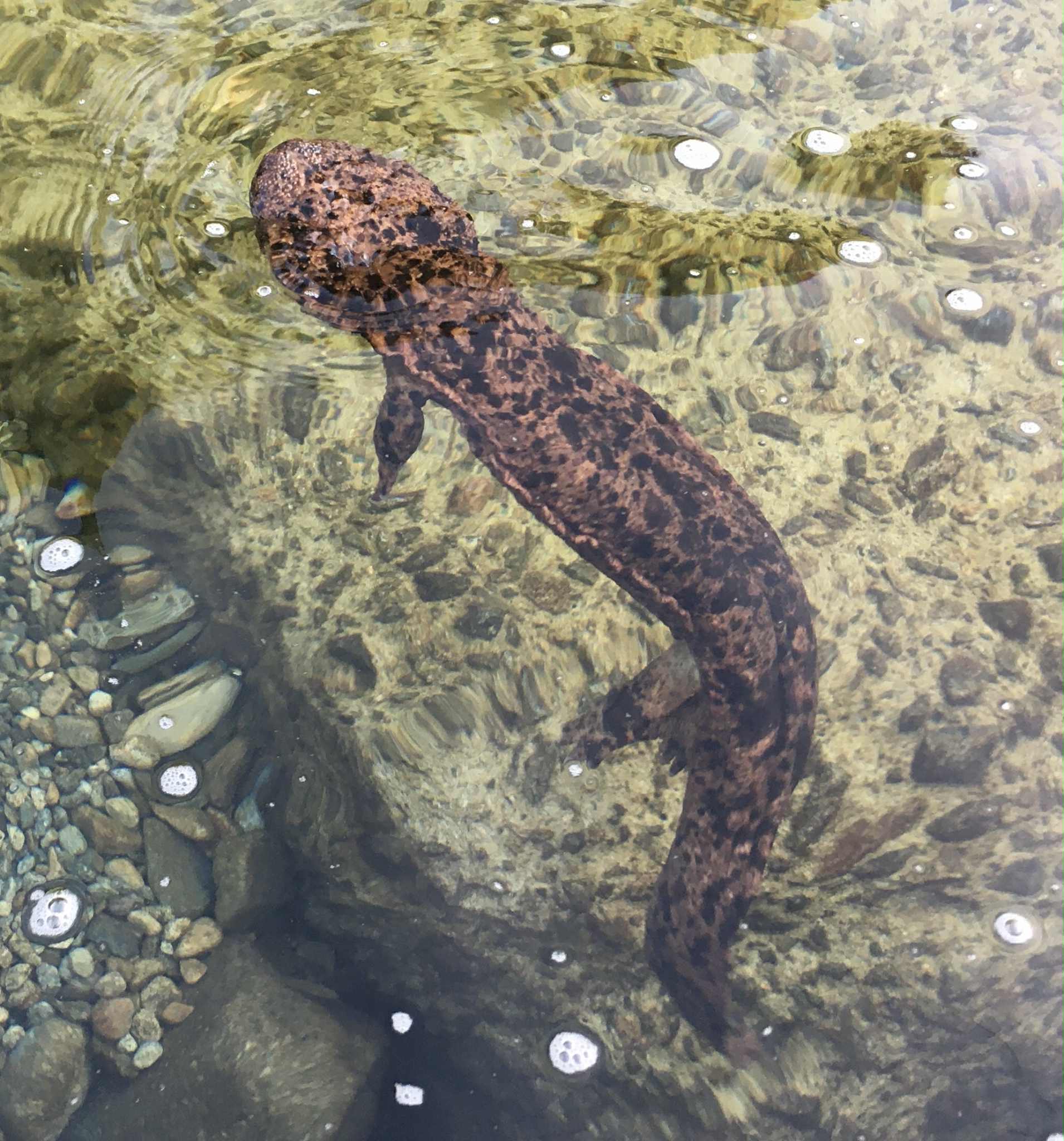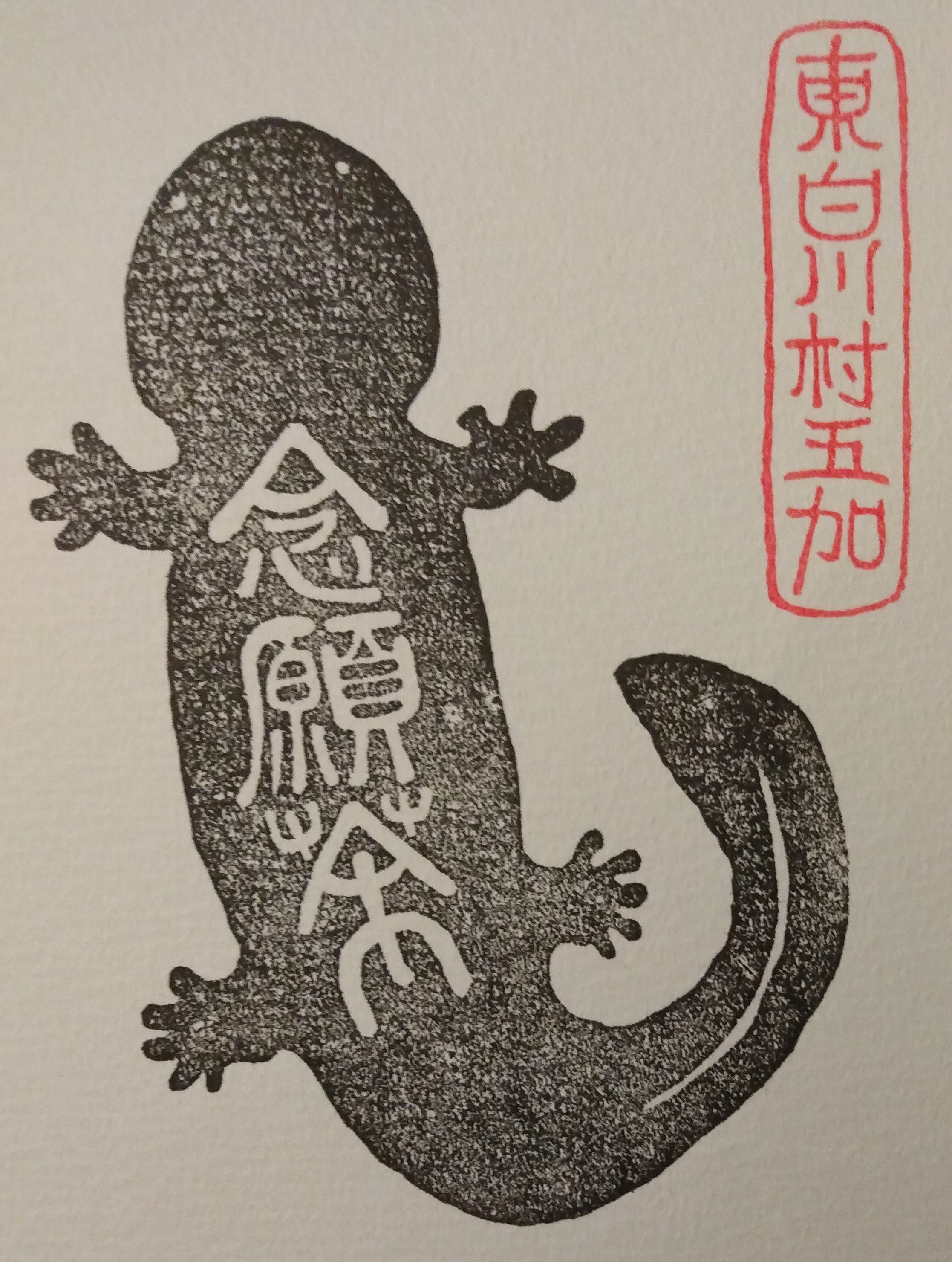Description
Goka-cha WaKoucha; Higashishirakawa, Gifu Pref. 50g. 2025 1st & 2nd Harvest Blend. Naturally grown with no chemical fertilizers or pesticides by Nengancha Tea Farm.
Origin: Goka District of Higashishirakawa Village, Southeast Gifu Prefecture.
Cultivar: Yabukita
Farmer Gallas had two harvests with which to make WaKoucha this year. While they were both good individually, he felt the flavor was better and more balanced when blending the teas from both harvests. We're glad that we waited for the second harvest!
This WaKoucha infuses to a dark red color with forest and floral aromas. It's medium-bodied and smooth with amami (sweet) notes up front of black plum, orange, and honey. The finish is only lightly astringent. The second infusion brings even more sweetness, and the third is still good, but beginning to lose complexity. Brew a little stronger and fine to also enjoy over ice.
The growing region is in mountainous terrain, surrounded by forest, much of which was abandoned tea fields that had to cleared and revitalized by the farmer. The area's high altitude (450-500m), wide-temperature swings, and morning mists make it an ideal micro-climate for growing tea. The farmer's growing philosophy is highly nature-based, with no chemical fertilizers or pesticides used. The streams surrounding the fields are also inhabited by the rare Japanese Giant Salamander, whose conservation status is threatened/vulnerable. The fact that it flourishes here is a testament to the pristine growing environment for this special tea.
This tea is truly a product of passion for tea and for preserving a history of tea growing in the Goka community. Grown by Czech Republic-born tea farmer and long-time Japan resident, Ales Gallas; the harvested leaves are processed by Gallas and veteran Japanese tea farmers in the area where community tea production has long been the culture. There are, unfortunately, a dwindling number of tea farmers left in Gifu Prefecture. Seeing this, and the abandoned tea fields surrounding his mountain home, Gallas stepped in with his experience in forestry and is helping to not only help revitalize the Goka community's tea farming culture; but as a decades-long lover of tea, also to realize his dream of being a tea farmer in Japan. His tea farm's name is Nengancha, 念願茶, or (long desired) "Dream Tea", and his self-drawn logo proudly features the resident Japanese Giant Salamander. His wife, Sachiko, also supports the community with tea sales and baked goods in her Higashishirakawa shop.
As a independent farmer, production is small and the majority of the harvest is pre-reserved. We are very fortunate to have made this connection with tea farmer Gallas, and to have a limited amount of Nengancha teas available to share with you, including this WaKoucha (Japanese Black Tea) from Nengancha's summer harvest!
Tea production in Gifu Prefecture is among the lowest of the commercial growing areas in Japan despite having a history of 450 years. In the past, several areas in Gifu produced tea under the label of "Mino-cha" (Mino being the old provincial name of the region, "cha" meaning tea). One region in the mountainous southeastern part of the prefecture was under the umbrella of "Shirakawa-cha", encompassing Shirakawa Town and Higashishirakawa (East Shirakawa) Village. During the Meiji Period (1868-1912), teas from the region were actually exported abroad from the Port of Yokohama. In the late 20th C., Shirakawa and other Gifu teas were largely sent to nearby Shizuoka or other larger production tea regions to be blended for flavor and sweetness.
Declines in domestic tea consumption in the 21st C. have led to decreased demand and production in Gifu Prefecture, exacerbated by an aging tea farmer community with fewer and fewer successors. Still, there are those whose passion and love for tea keep tea fields growing delicious tea in the region. Once again, we are fortunate and proud to be carrying a rare tea from Gifu Prefecture!
